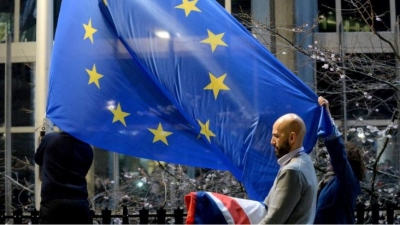
Euroscepticism embraces two broad approaches, soft Euroscepticism and hard Euroscepticism.
Soft Euroscepticism, or Euro realism, is a relatively sober approach that opposes the malfunctioning of certain EU institutions and seeks measures to reform these bodies. It strongly advocates that when nations merge with the EU’s economic and political policies, it also needs to ensure that each member nation’s sovereign, ethnic, ideological, political, and geographical identities are protected.
Italy’s Northern League is an example of soft Eurosceptics. It voiced the creation of an entirely new state that would include Italy’s wealthier northern regions and advocated for the return of the former Italian currency, lira.
Hard Euroscepticism or anti-European Unionism exhibits a more rigid approach. It strongly opposes European integration by all means and advocates withdrawal of membership from the EU. It perceives the EU institutions and its policies as completely unrealistic and impractical.
The United Kingdom Independence Party (UKIP) is an apt example of a hard Eurosceptic party. Following its inception in 1993, the party gained immense popularity for the measures it implemented in building an anti-immigration platform and catalysing the withdrawal of Britain from the EU.
It is to be noted that both UKIP and the Northern League served as members of the Europe Freedom & Democracy Group in the European Parliament. Other Eurosceptic parties include the National Front in France and the Dutch Party for Freedom in the Netherlands.
Recent years have witnessed Euroscepticism winning more public support at all levels helping it gain more acceptances in mainstream politics. This growth in strength has questioned the genuineness and popularity of the EU’s integration processes. The opposite of Euroscepticism is known as pro-Europeanism or European Unionism.
Picture Credit : Google




